-
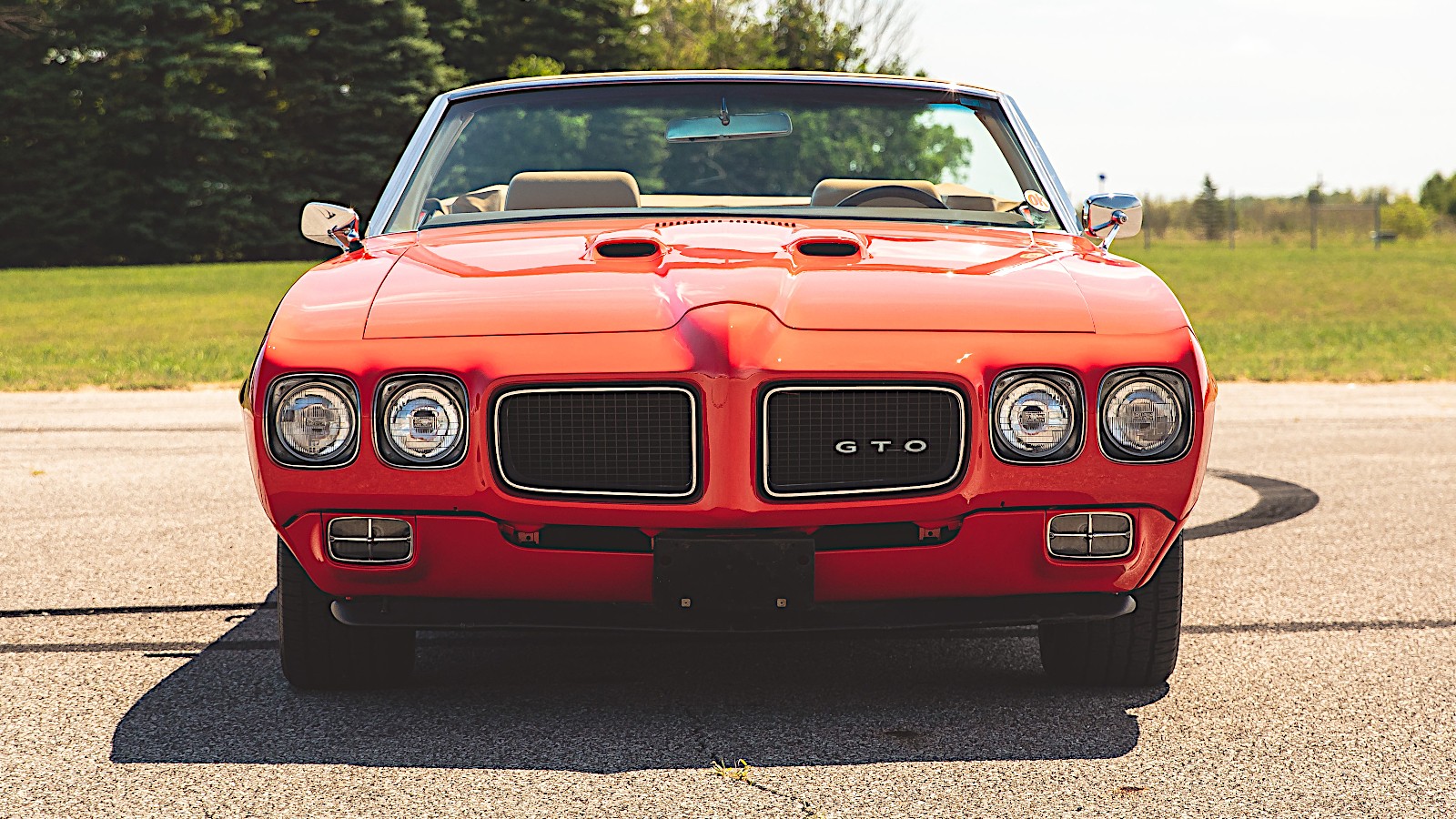 © RM Sotheby’s
© RM Sotheby’s -
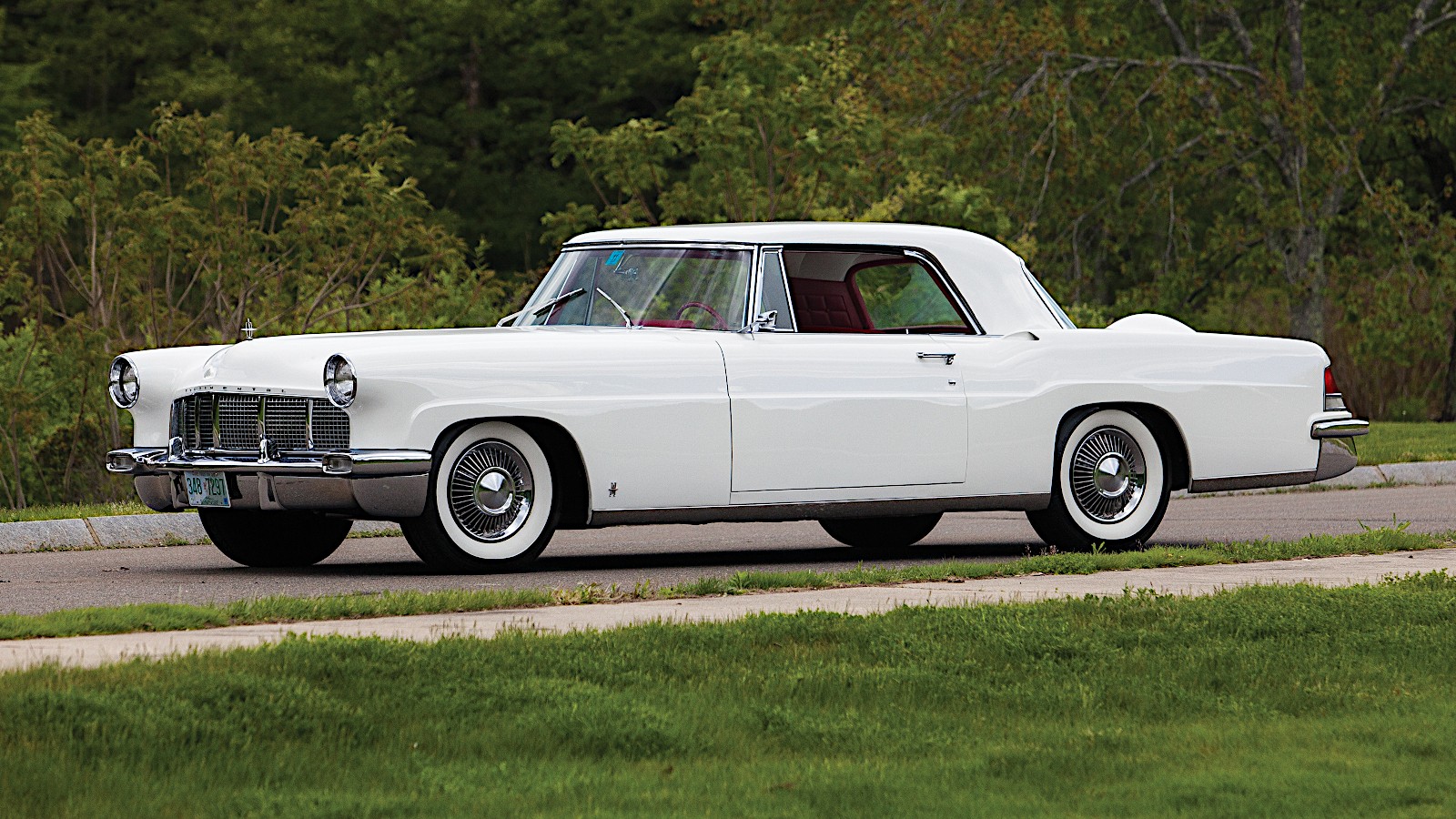 © RM Sotheby’s
© RM Sotheby’s -
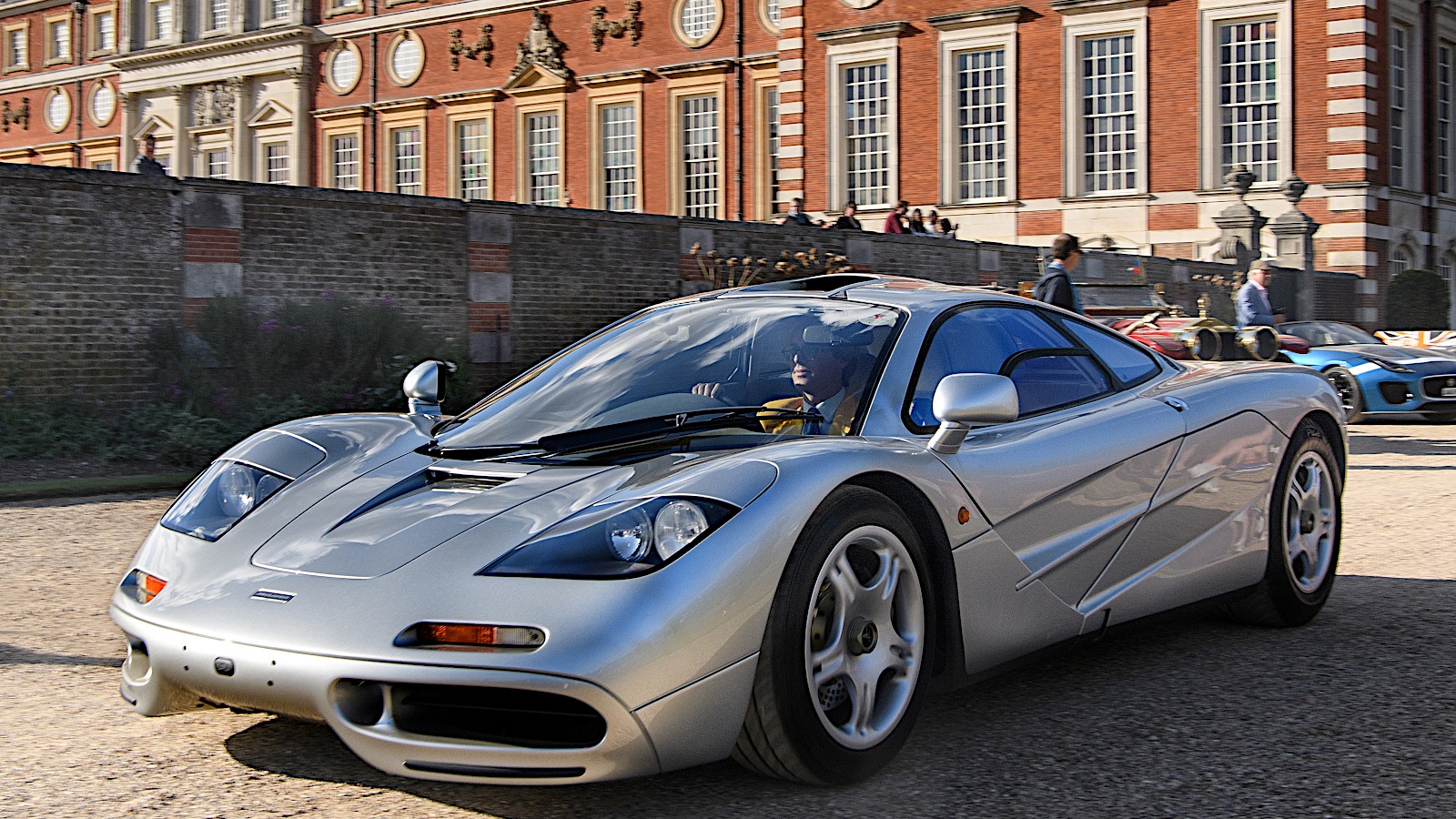 © McLaren
© McLaren -
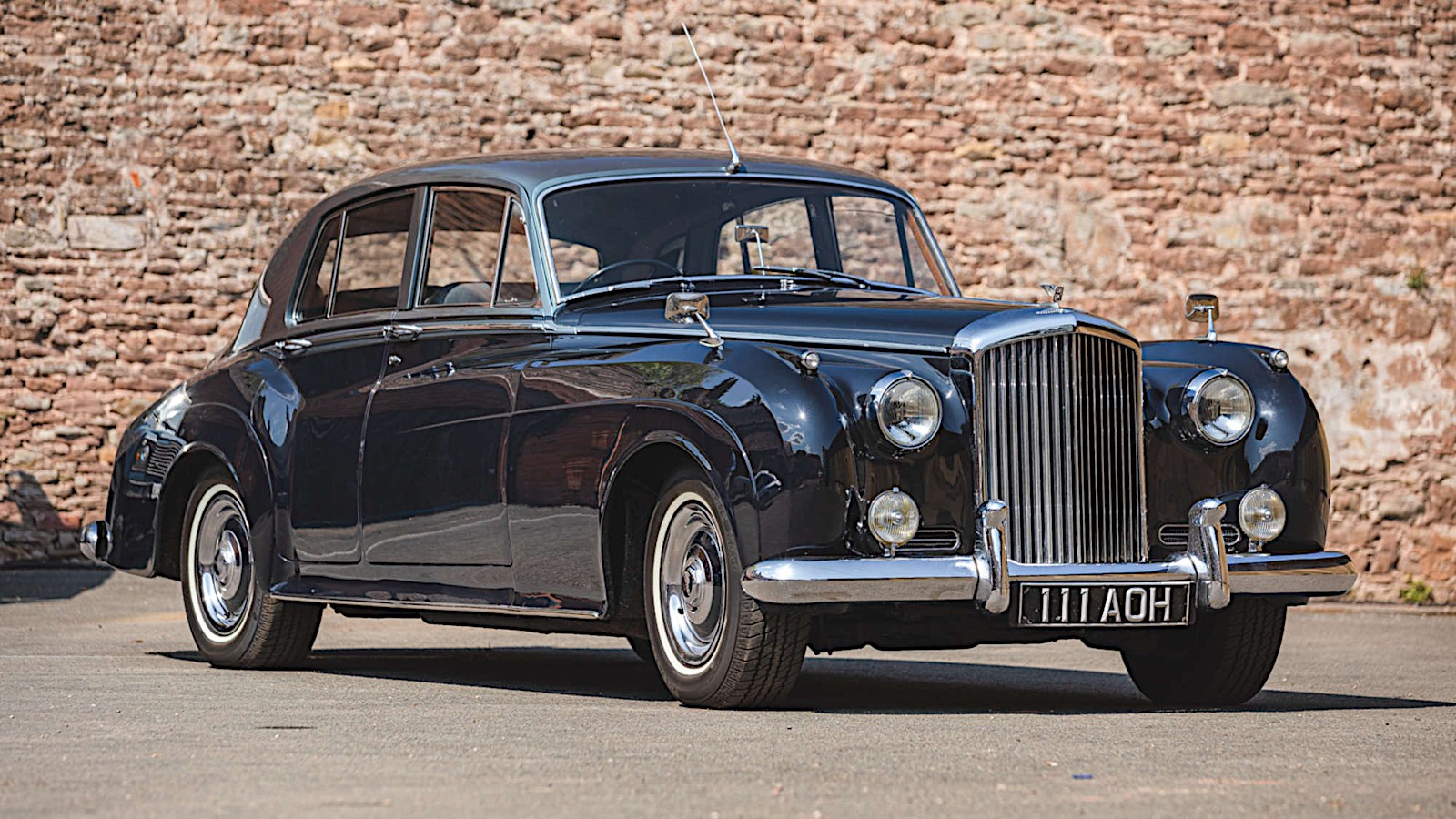 © Silverstone Auctions
© Silverstone Auctions -
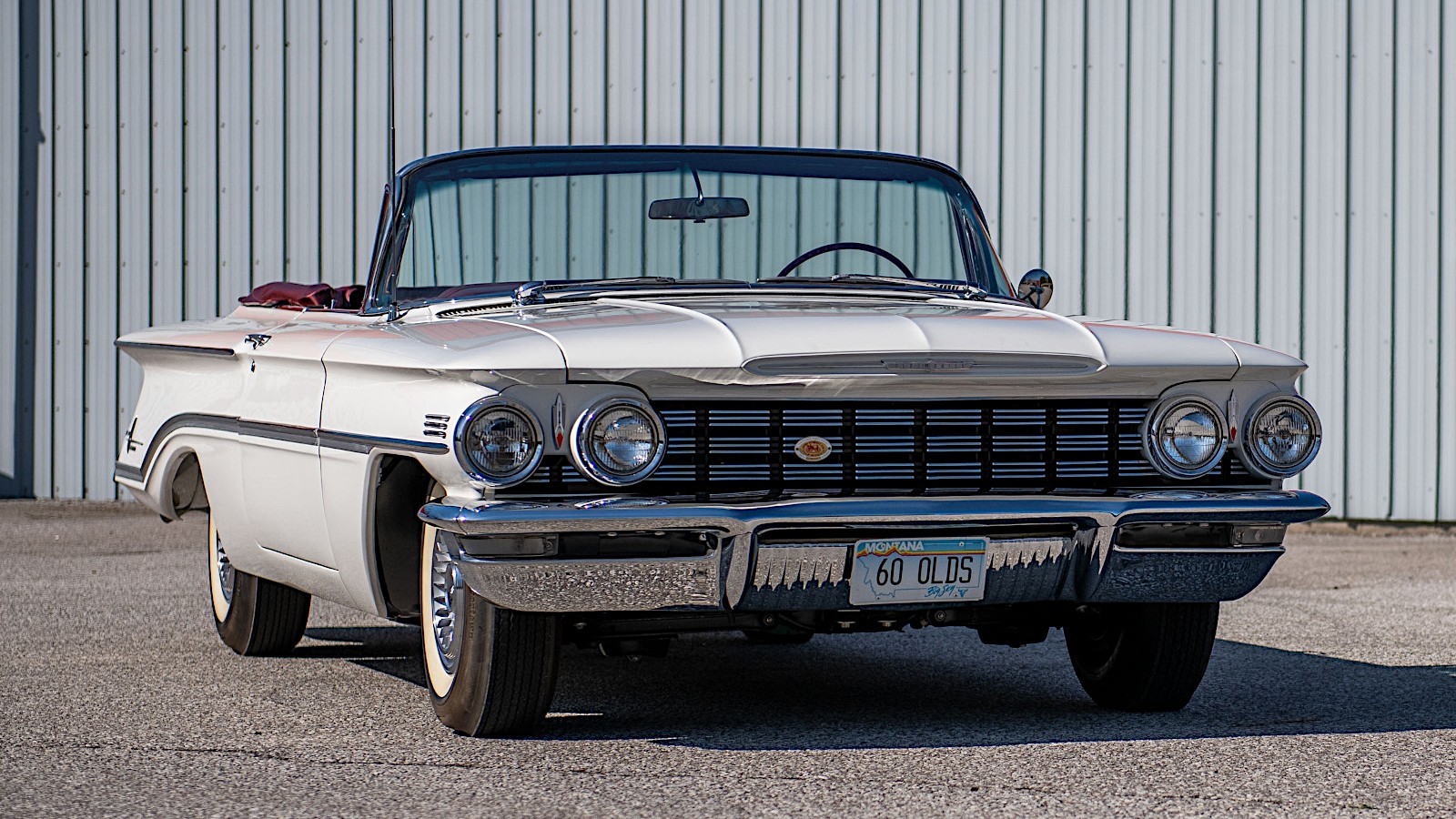 © RM Sotheby’s
© RM Sotheby’s -
 © Classic & Sports Car
© Classic & Sports Car -
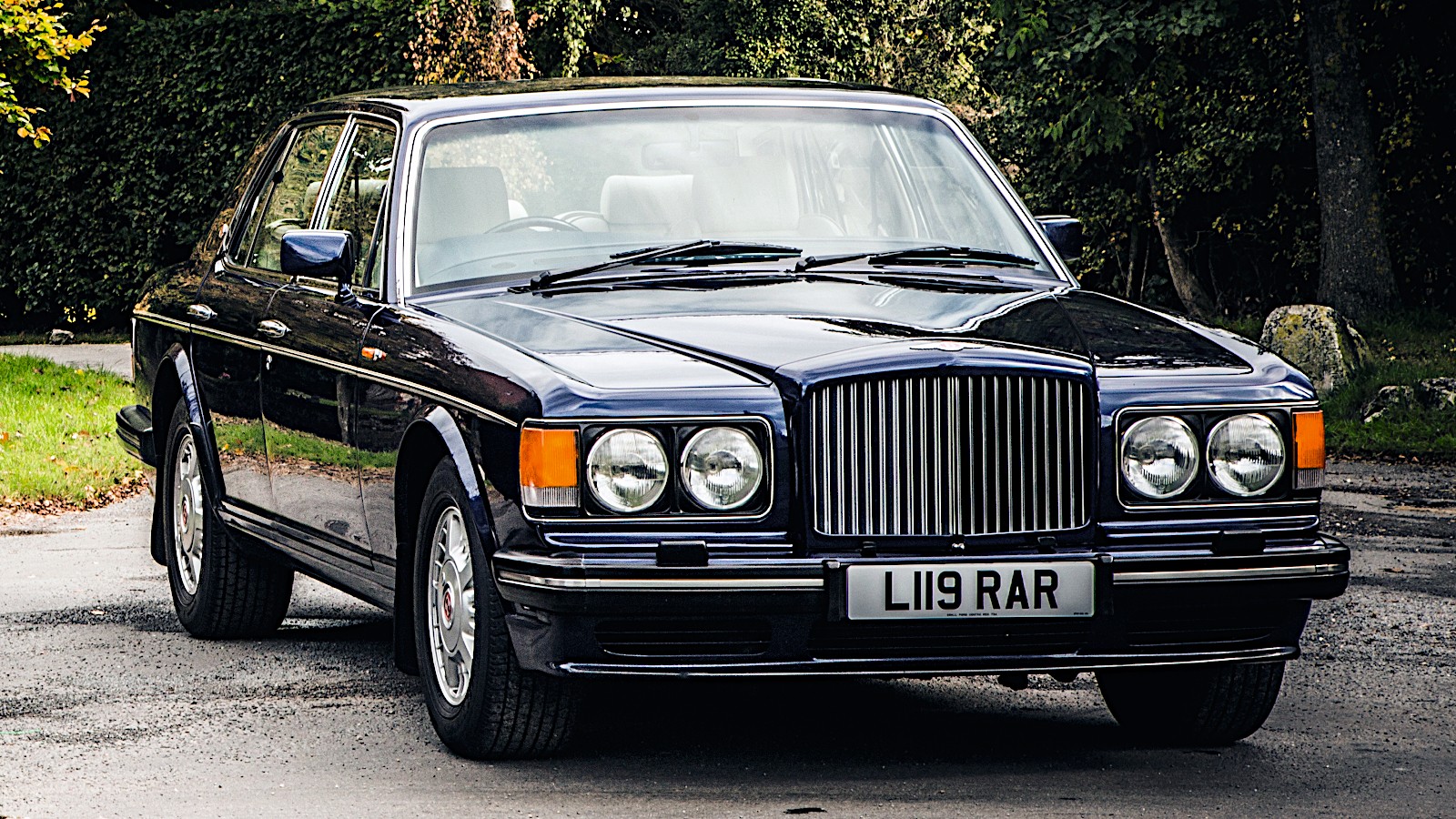 © Tony Baker/Classic & Sports Car
© Tony Baker/Classic & Sports Car -
 © Daimler AG
© Daimler AG -
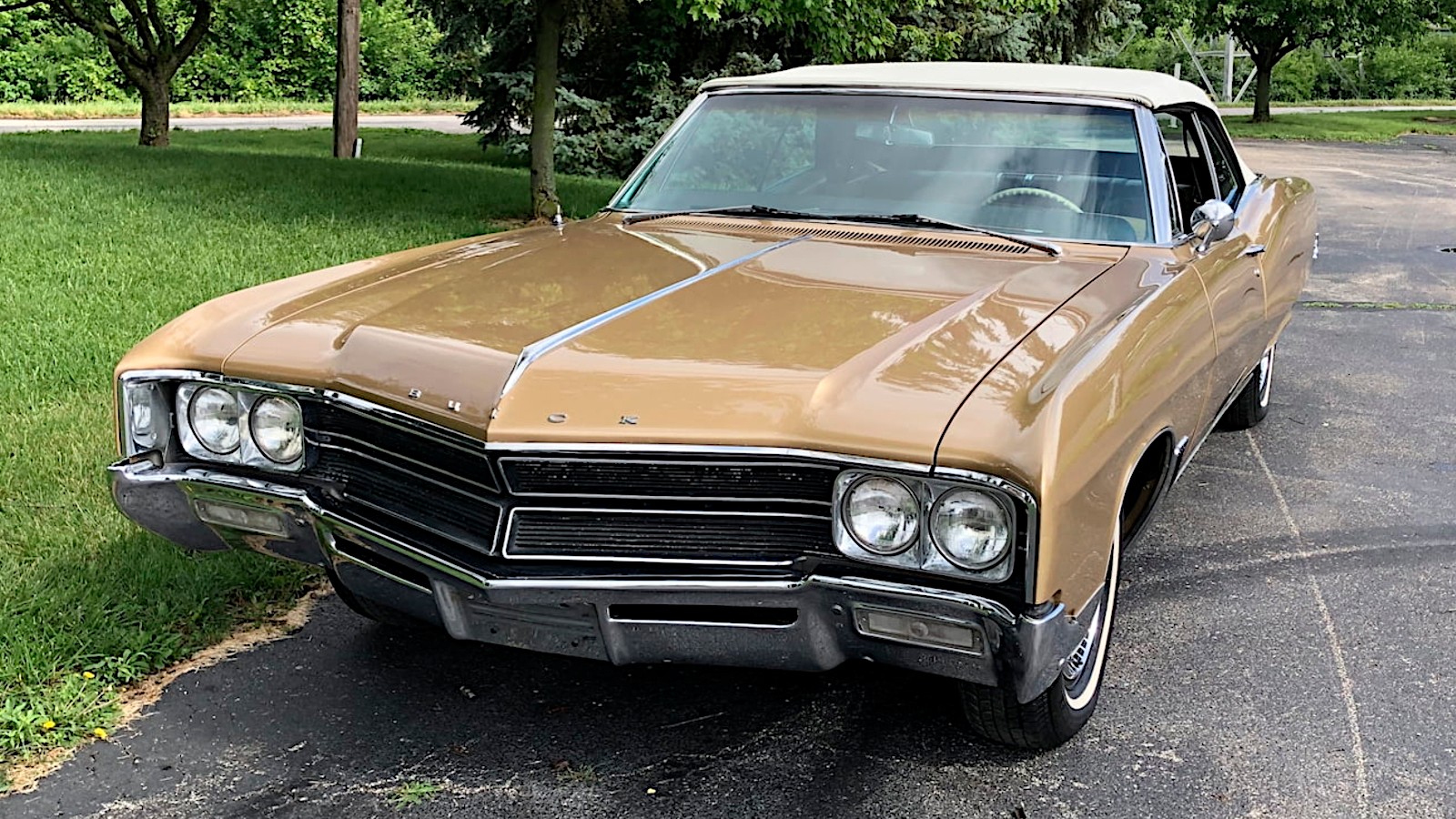 © Mecum Auctions
© Mecum Auctions -
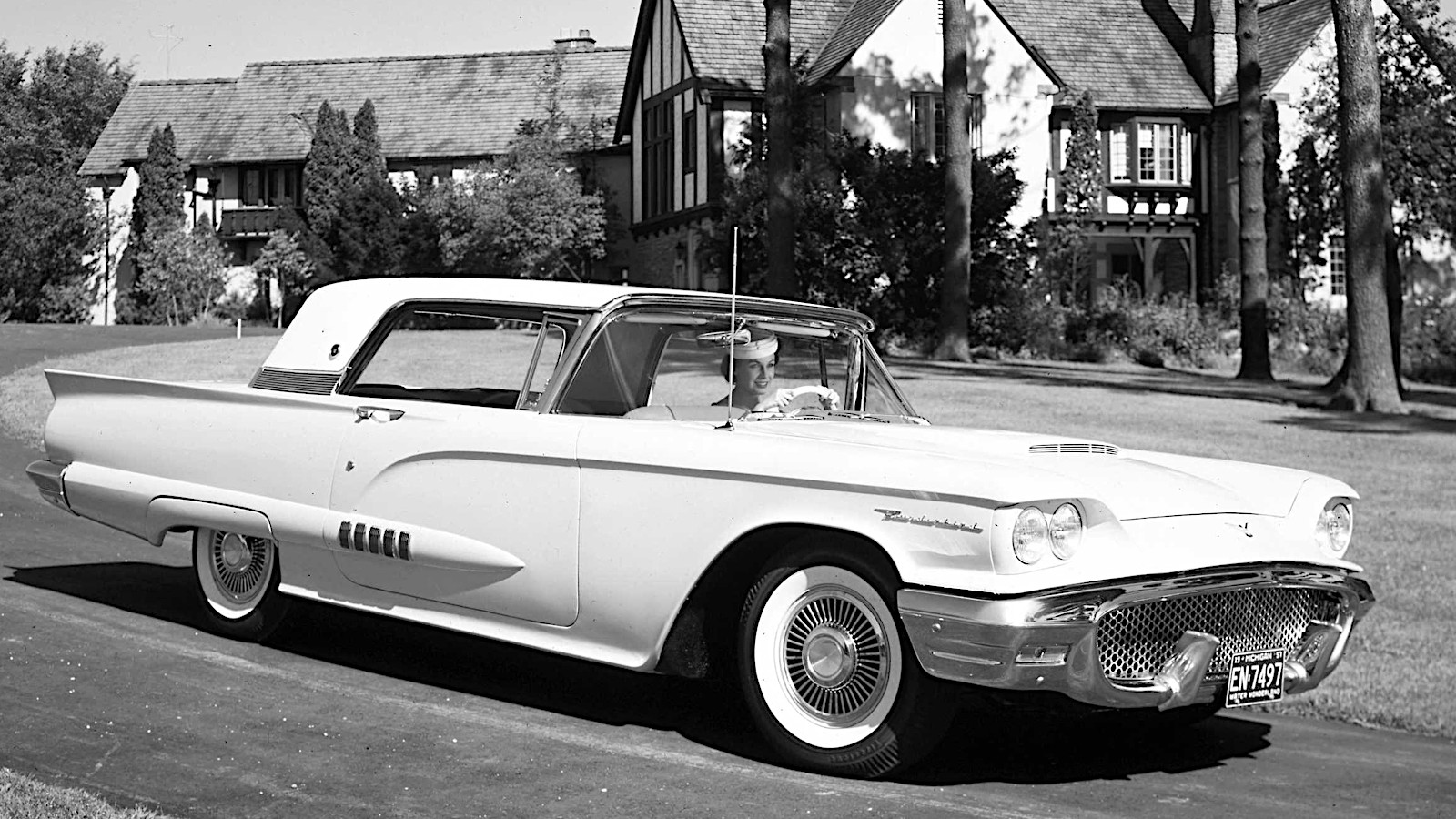 © Ford
© Ford -
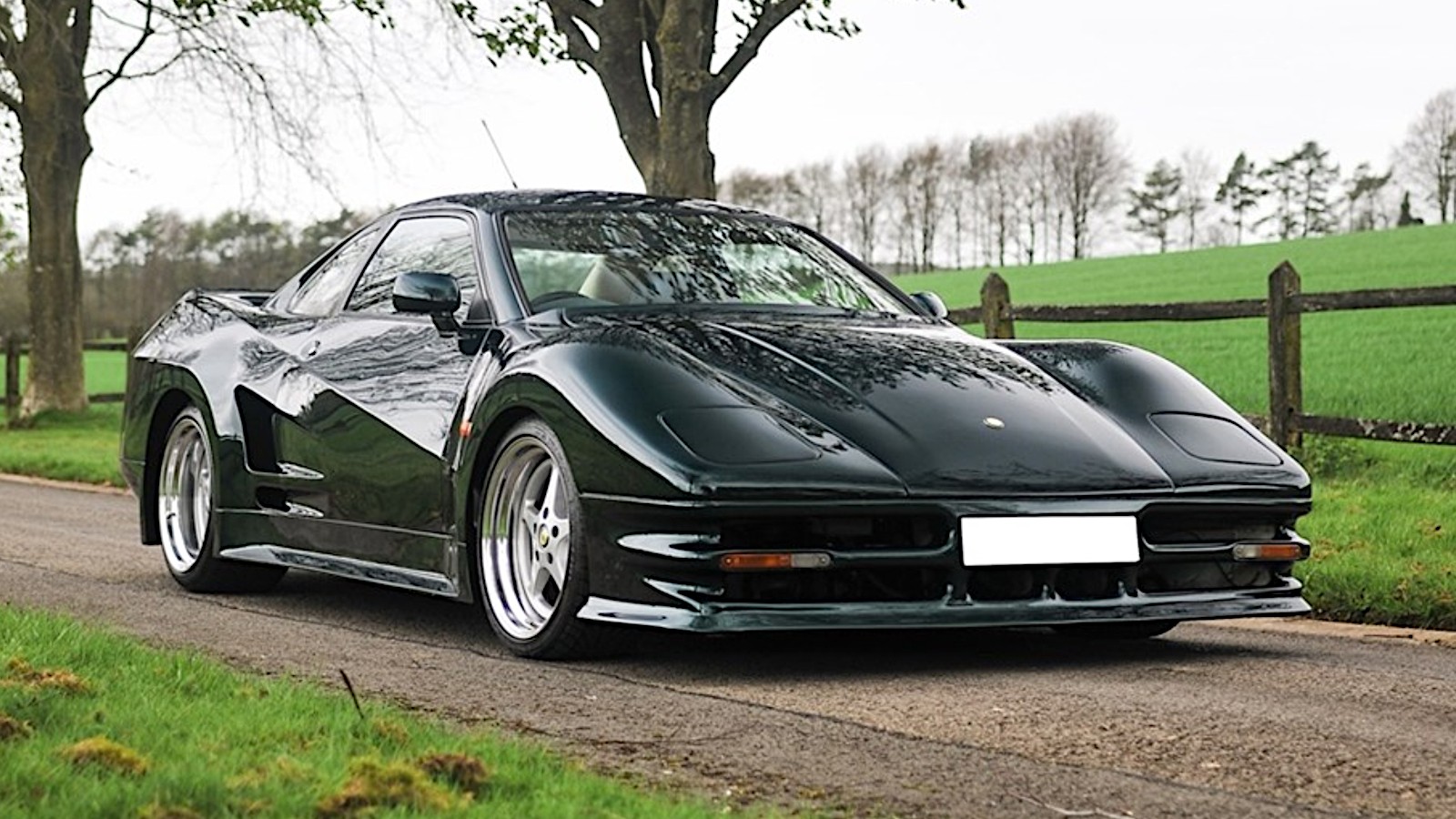 © Historics Auctioneers
© Historics Auctioneers -
 © RM Sotheby’s
© RM Sotheby’s -
 © Silverstone Auctions
© Silverstone Auctions -
 © Tony Baker/Classic & Sports Car
© Tony Baker/Classic & Sports Car -
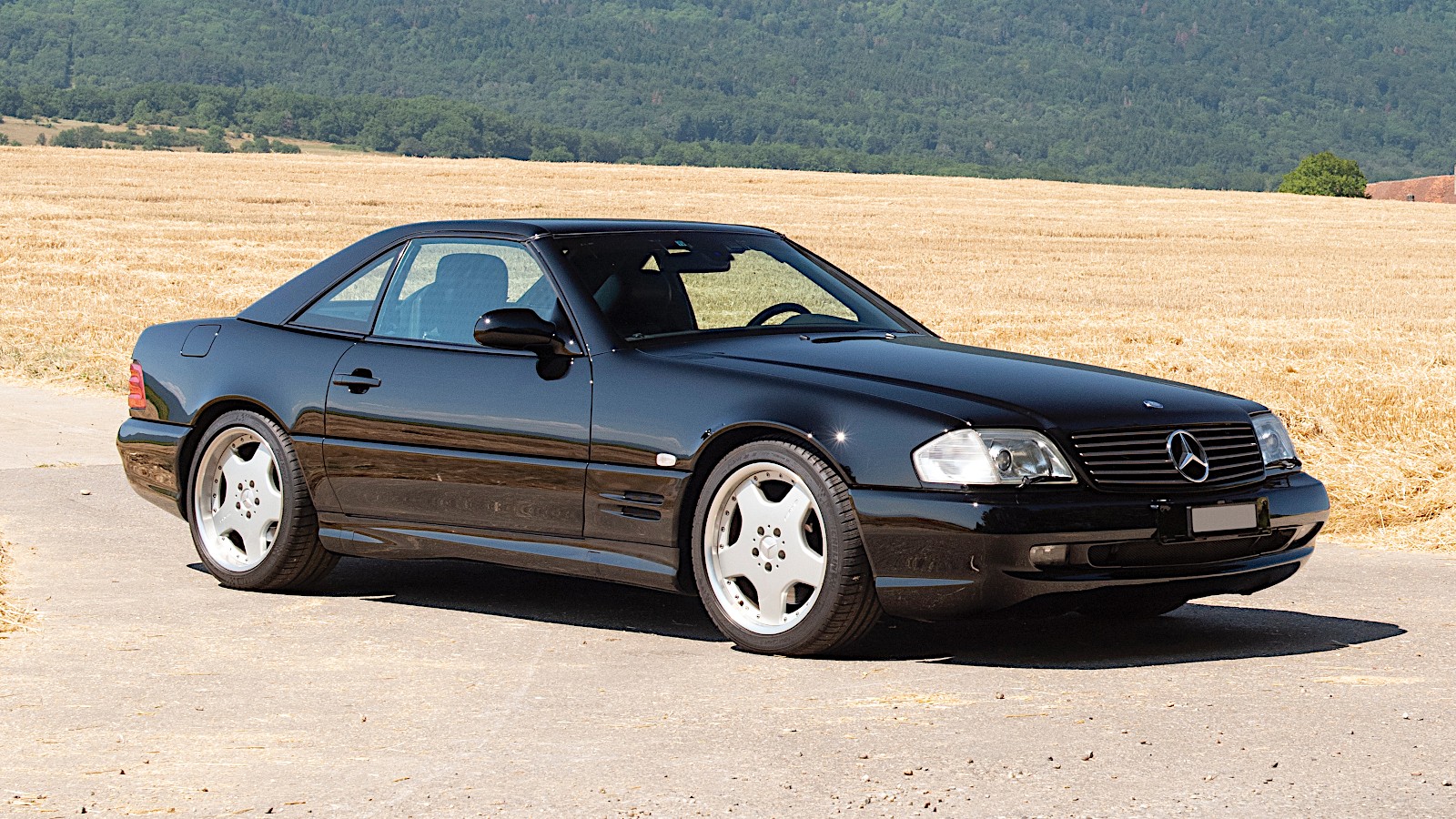 © Tom Wood/RM Sotheby’s
© Tom Wood/RM Sotheby’s -
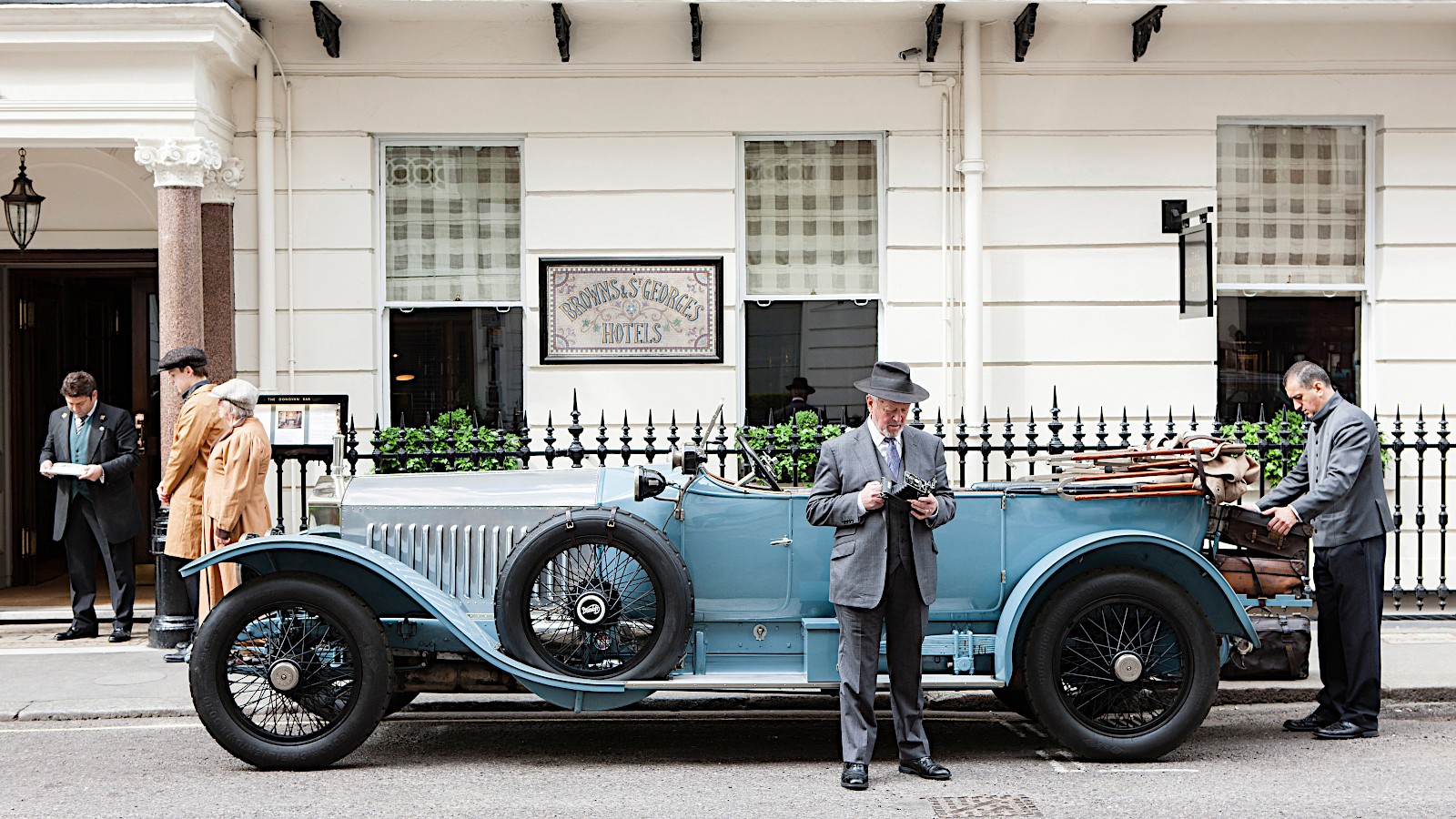 © Rolls-Royce
© Rolls-Royce -
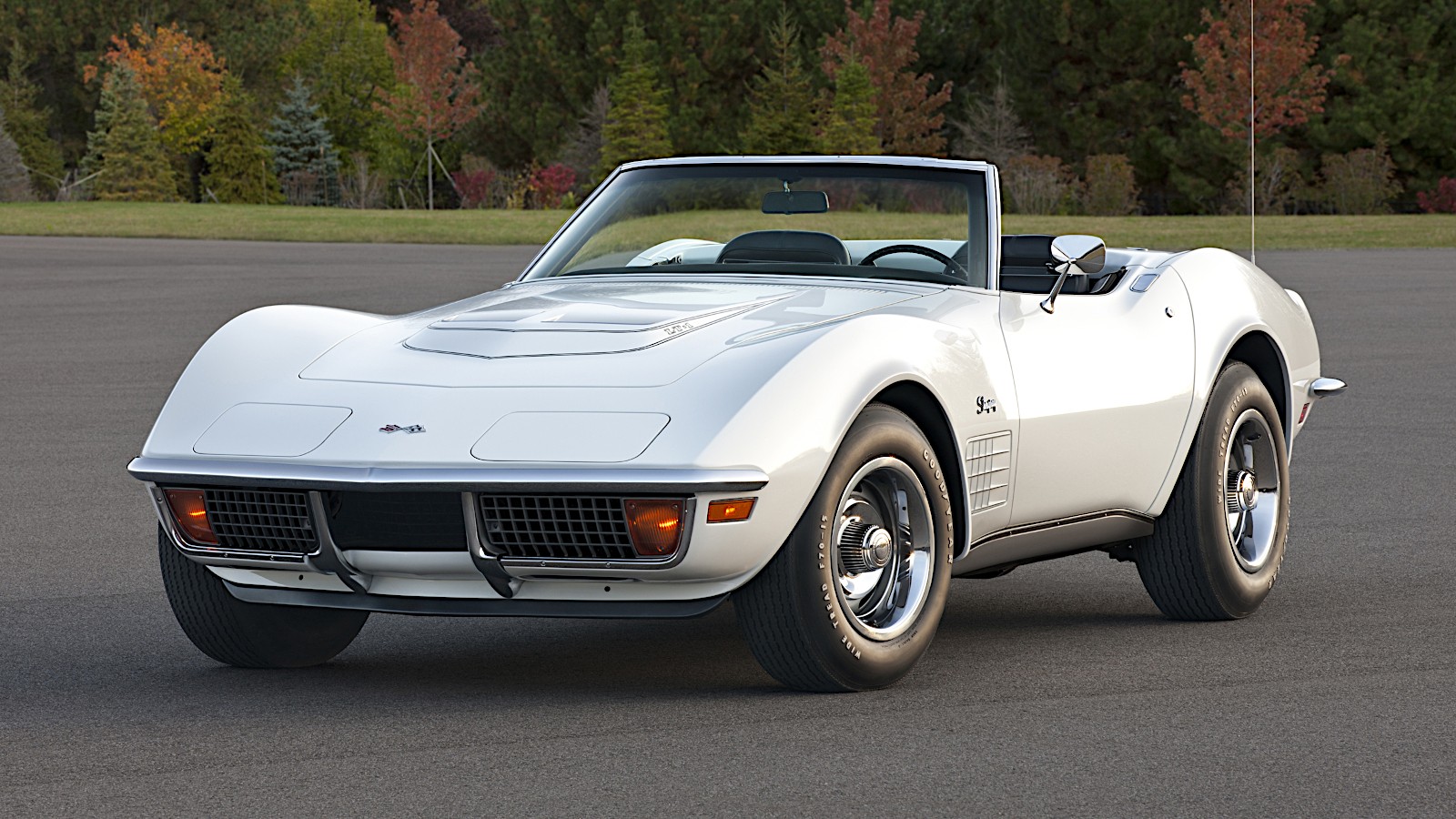 © GM
© GM -
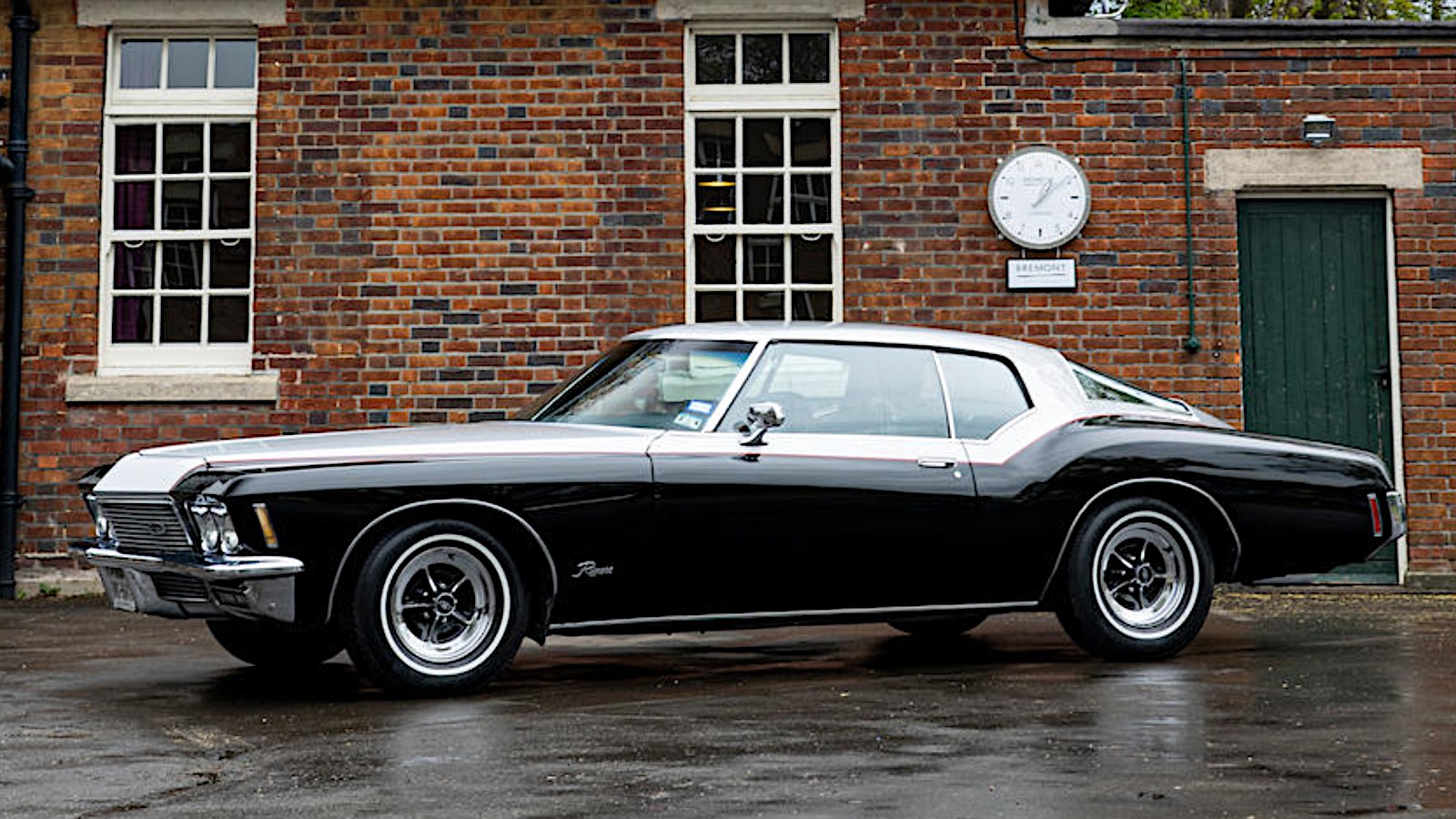 © Bonhams
© Bonhams -
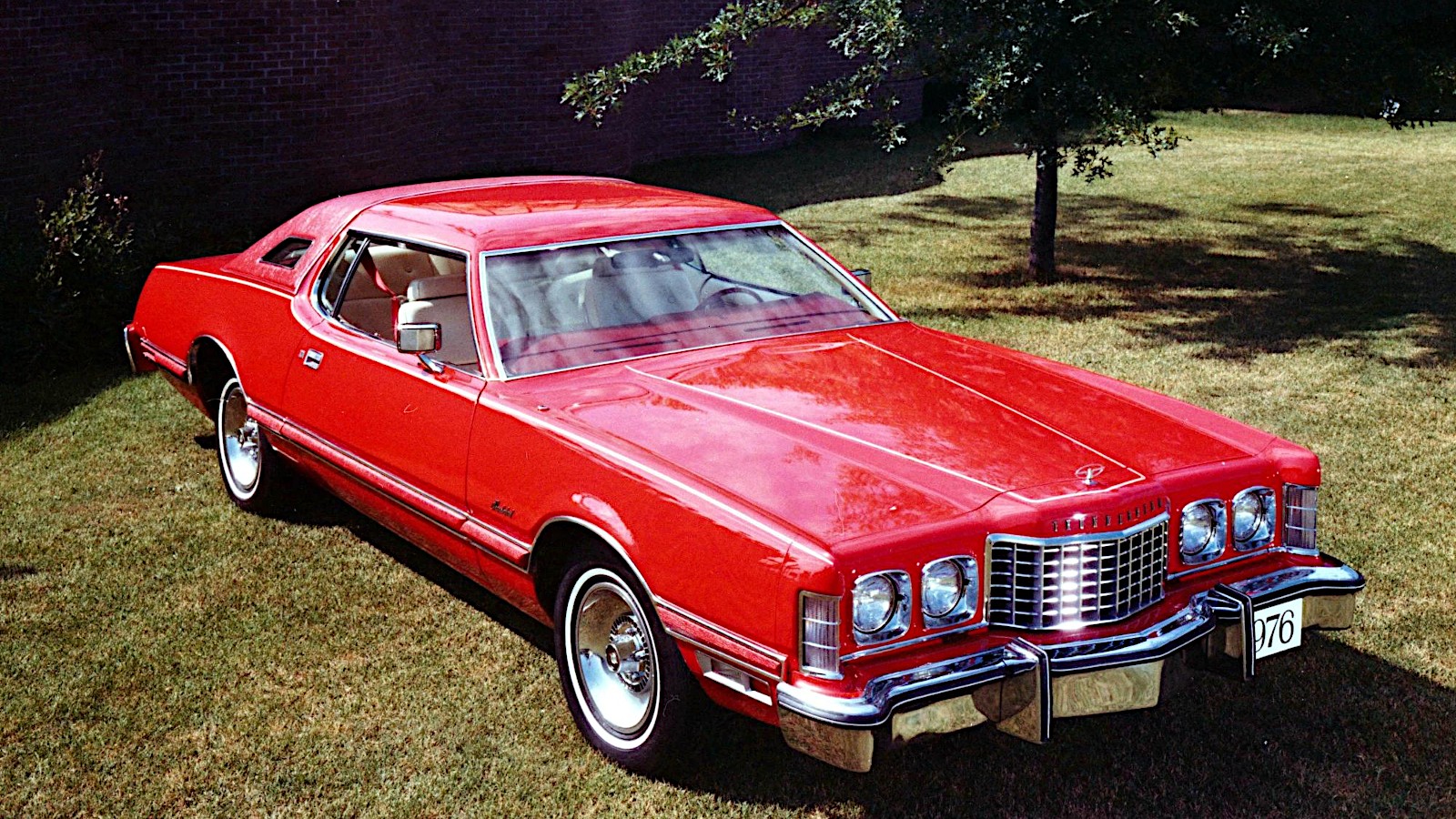 © Ford
© Ford -
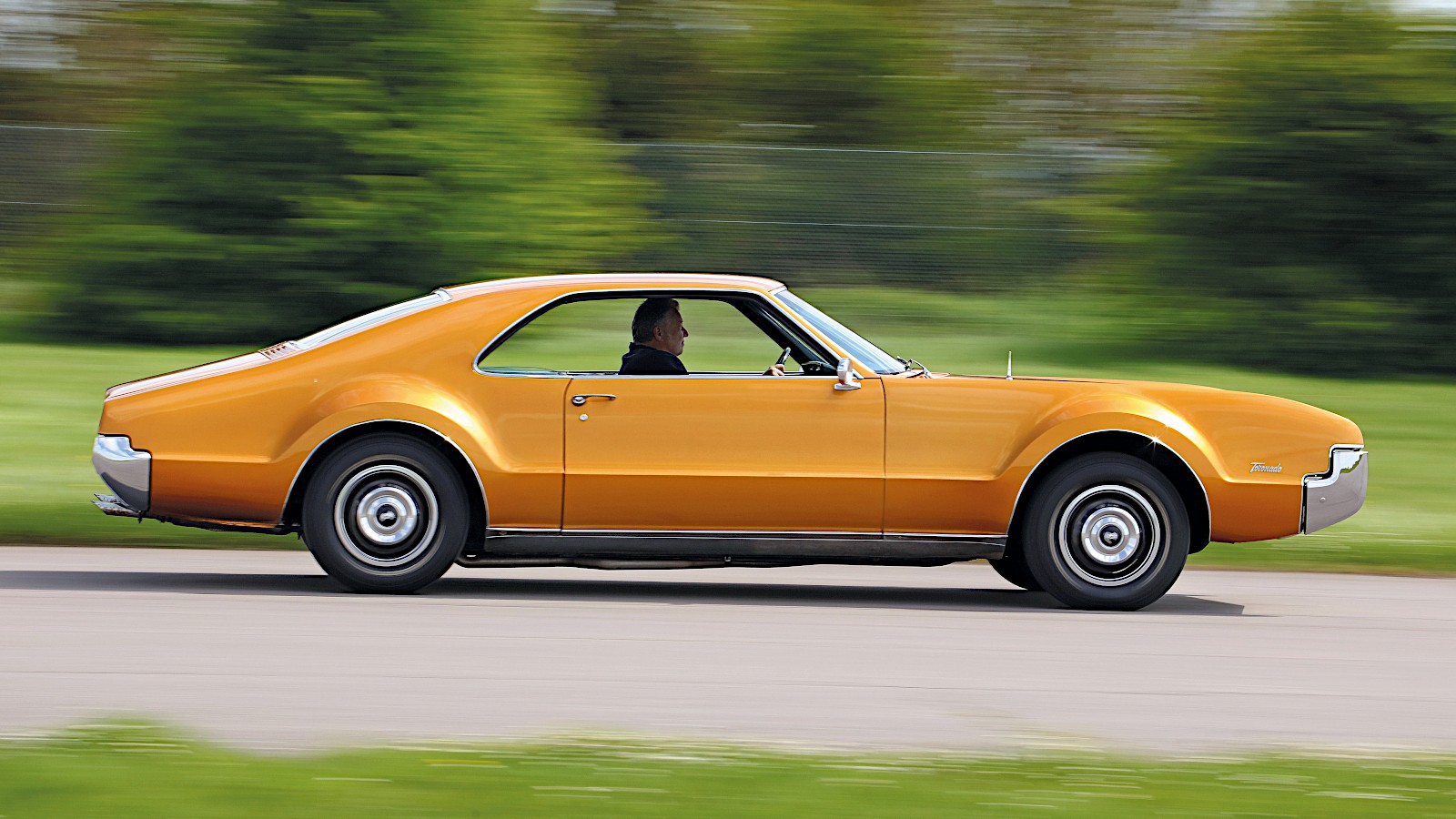 © James Mann/Classic & Sports Car
© James Mann/Classic & Sports Car -
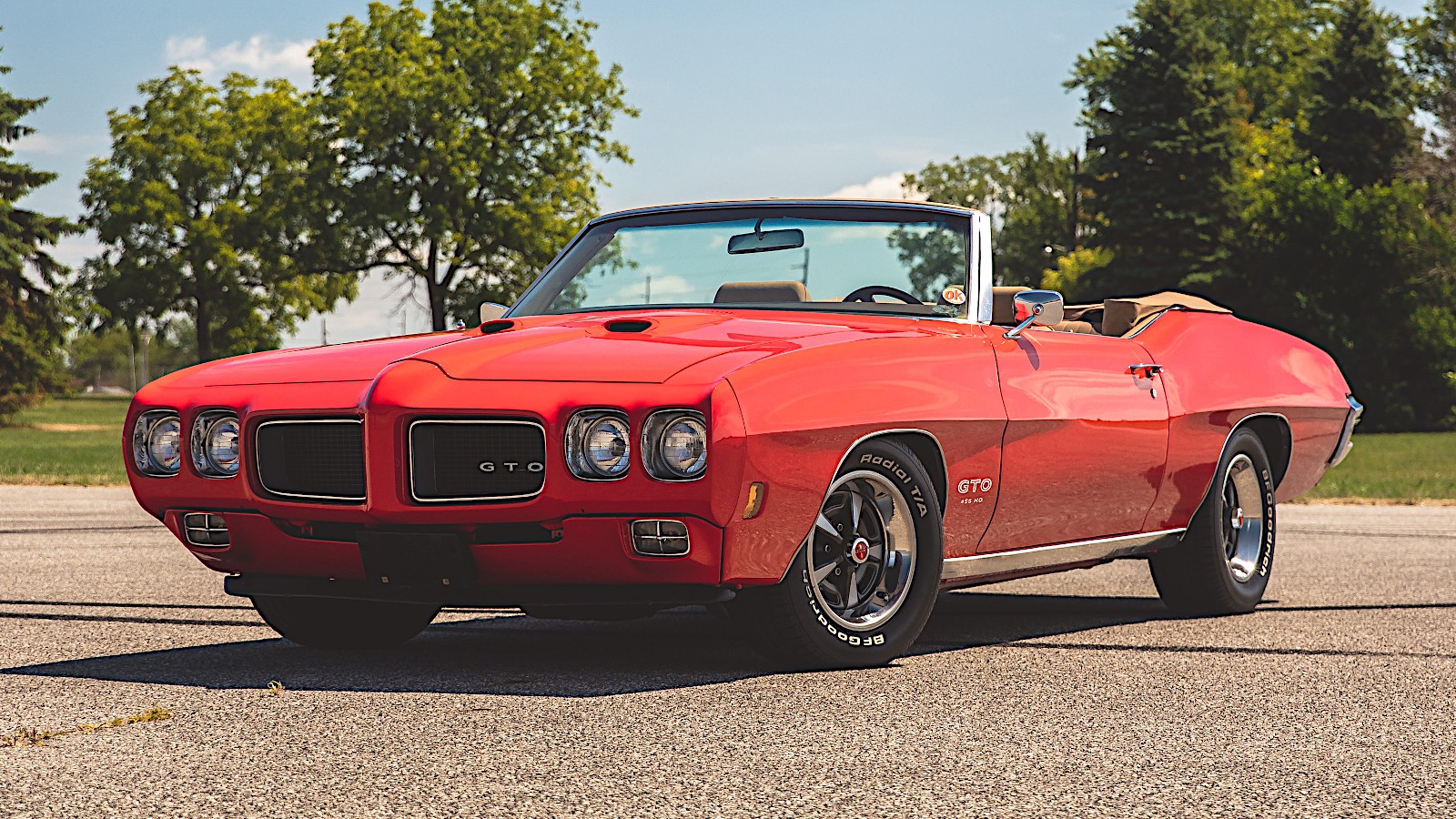 © RM Sotheby’s
© RM Sotheby’s -
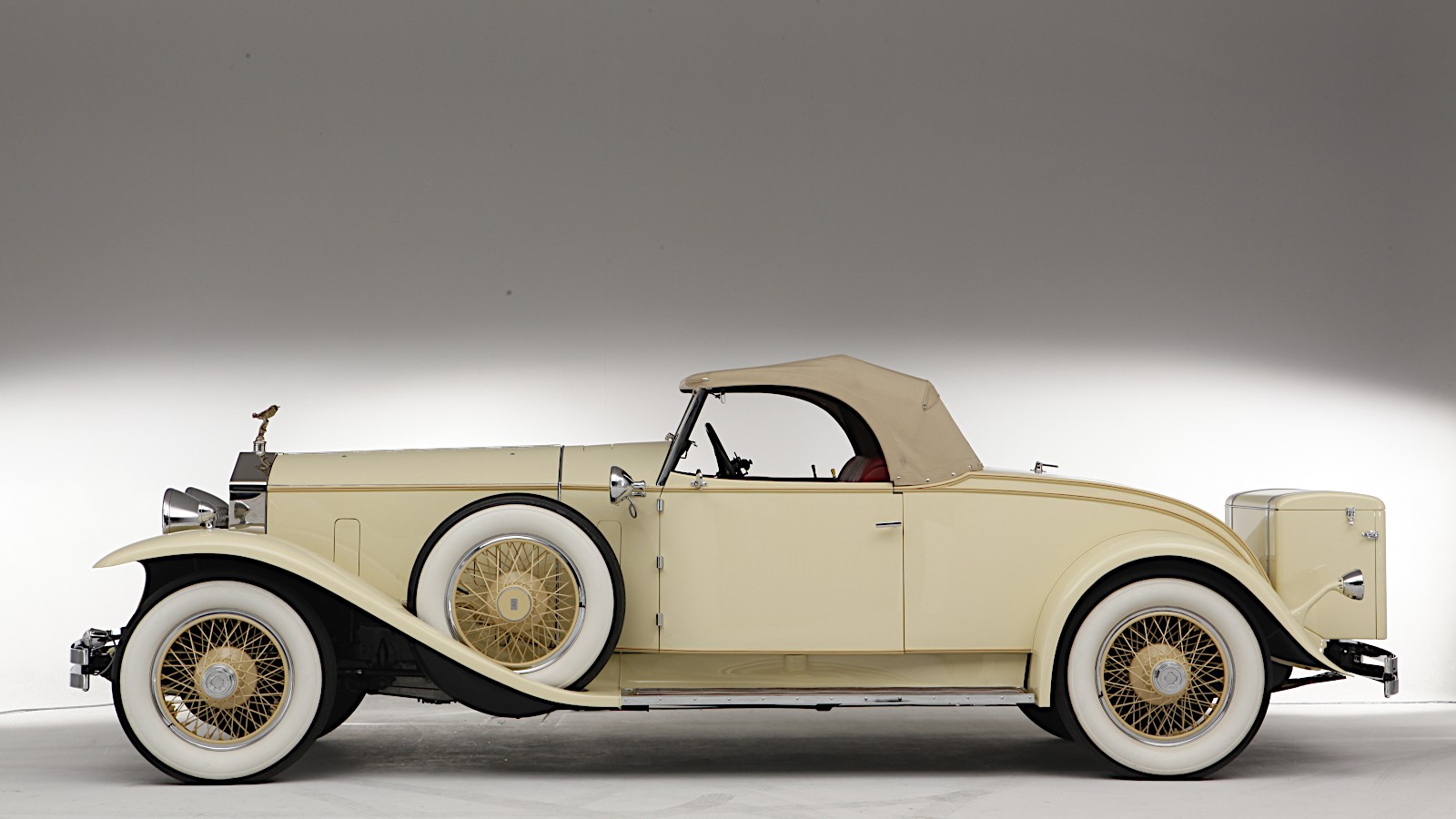 © Classic & Sports Car
© Classic & Sports Car -
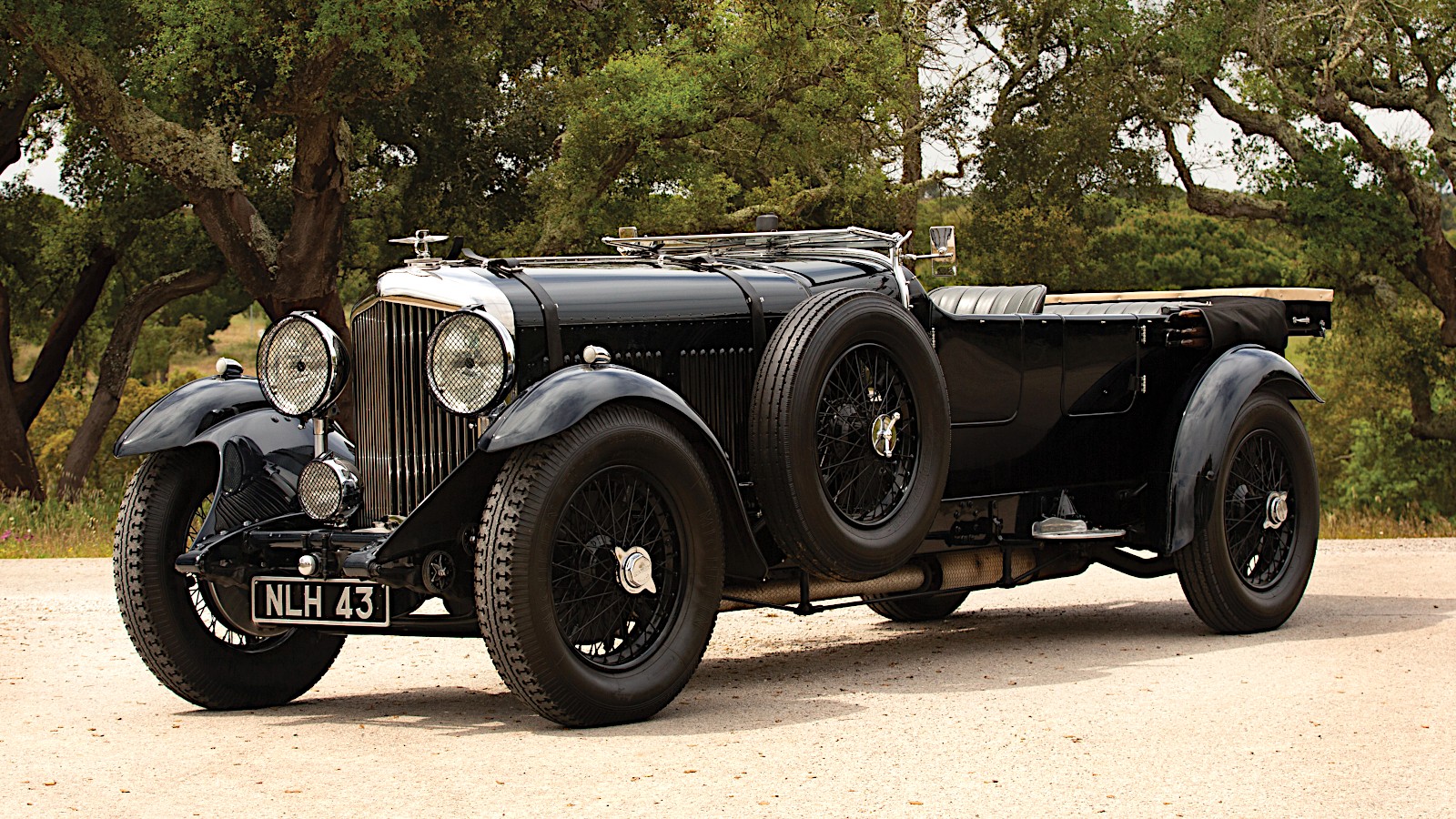 © Tom Gidden/RM Sotheby’s
© Tom Gidden/RM Sotheby’s -
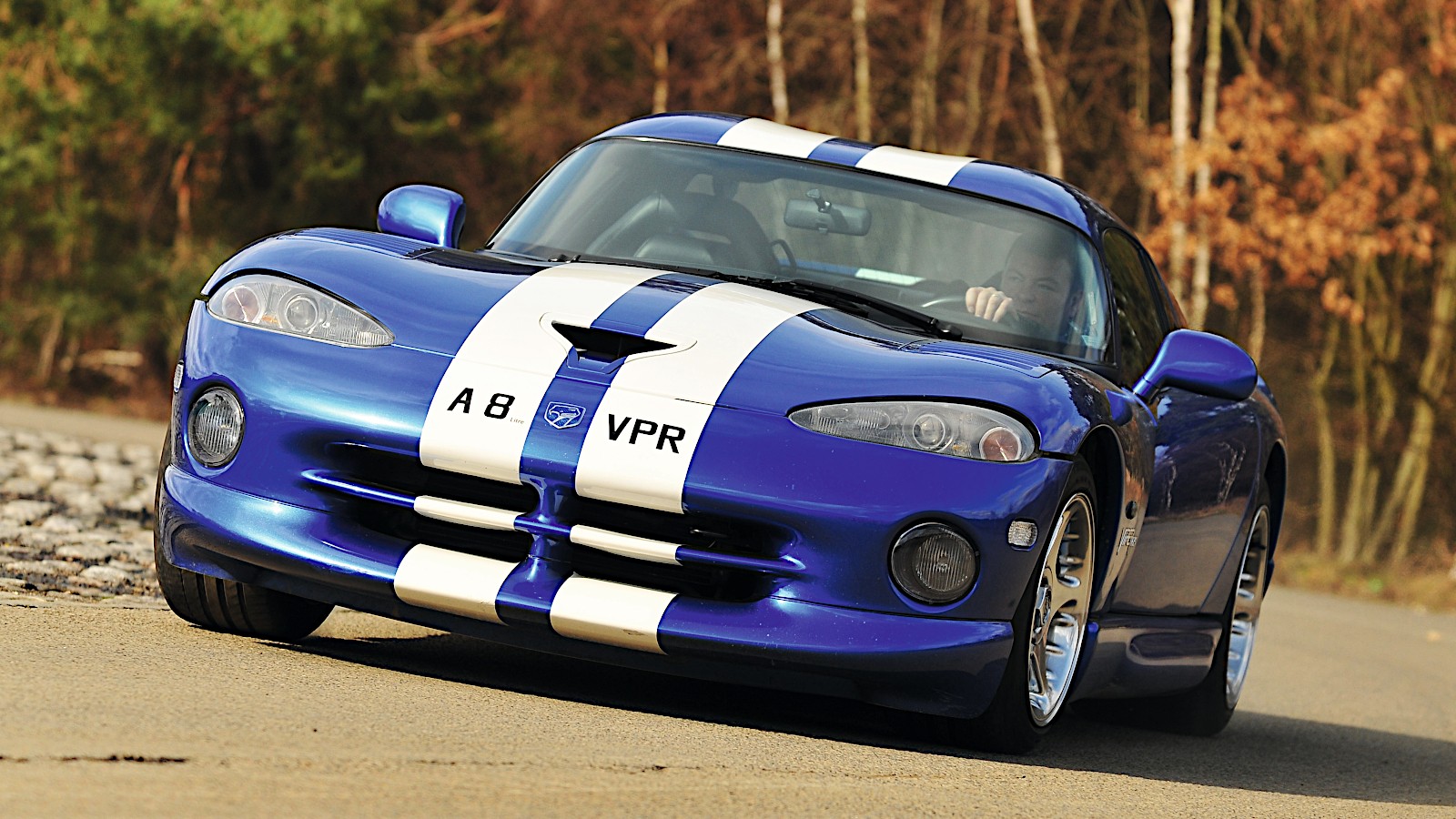 © Classic & Sports Car
© Classic & Sports Car -
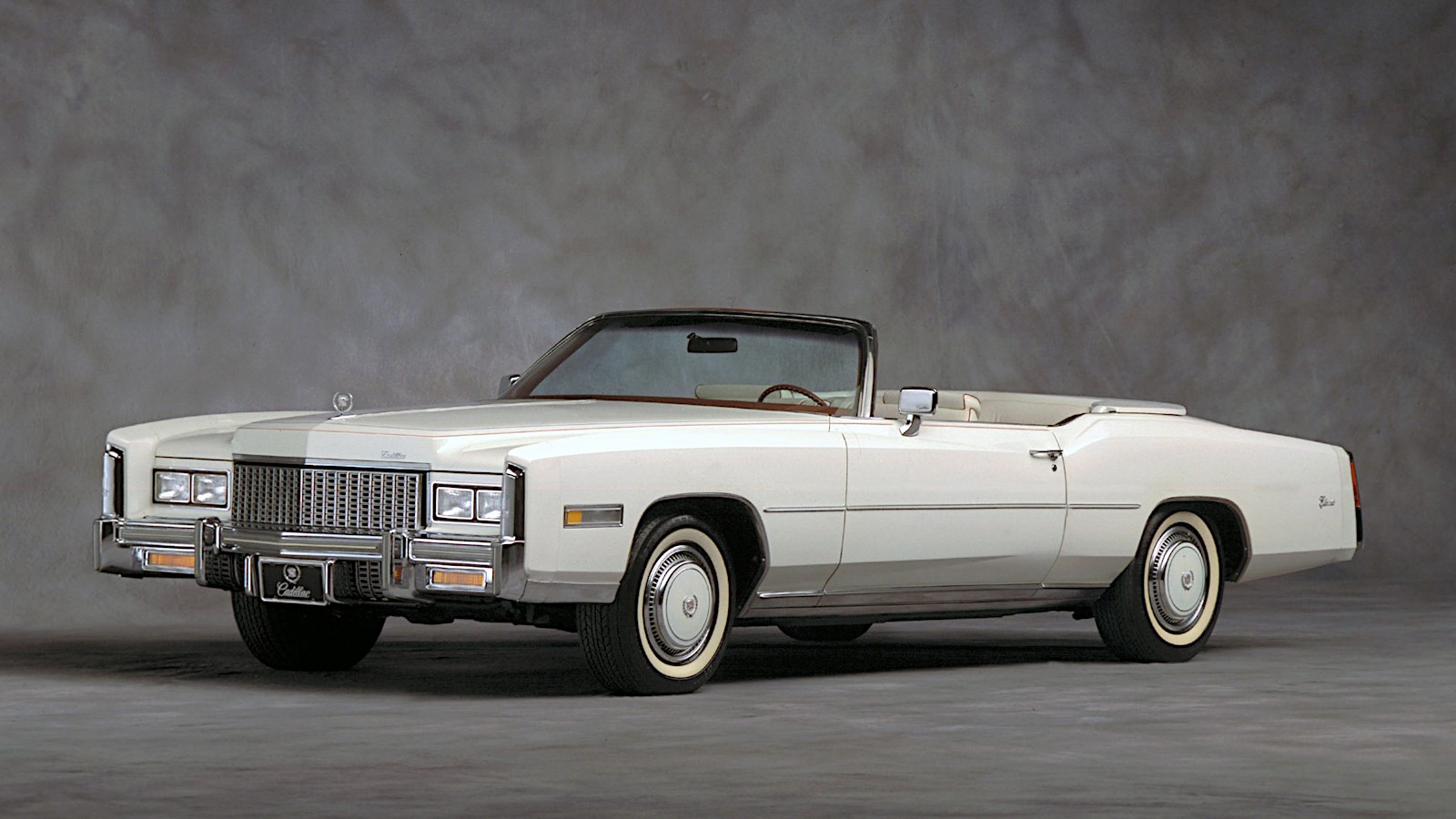 © GM
© GM -
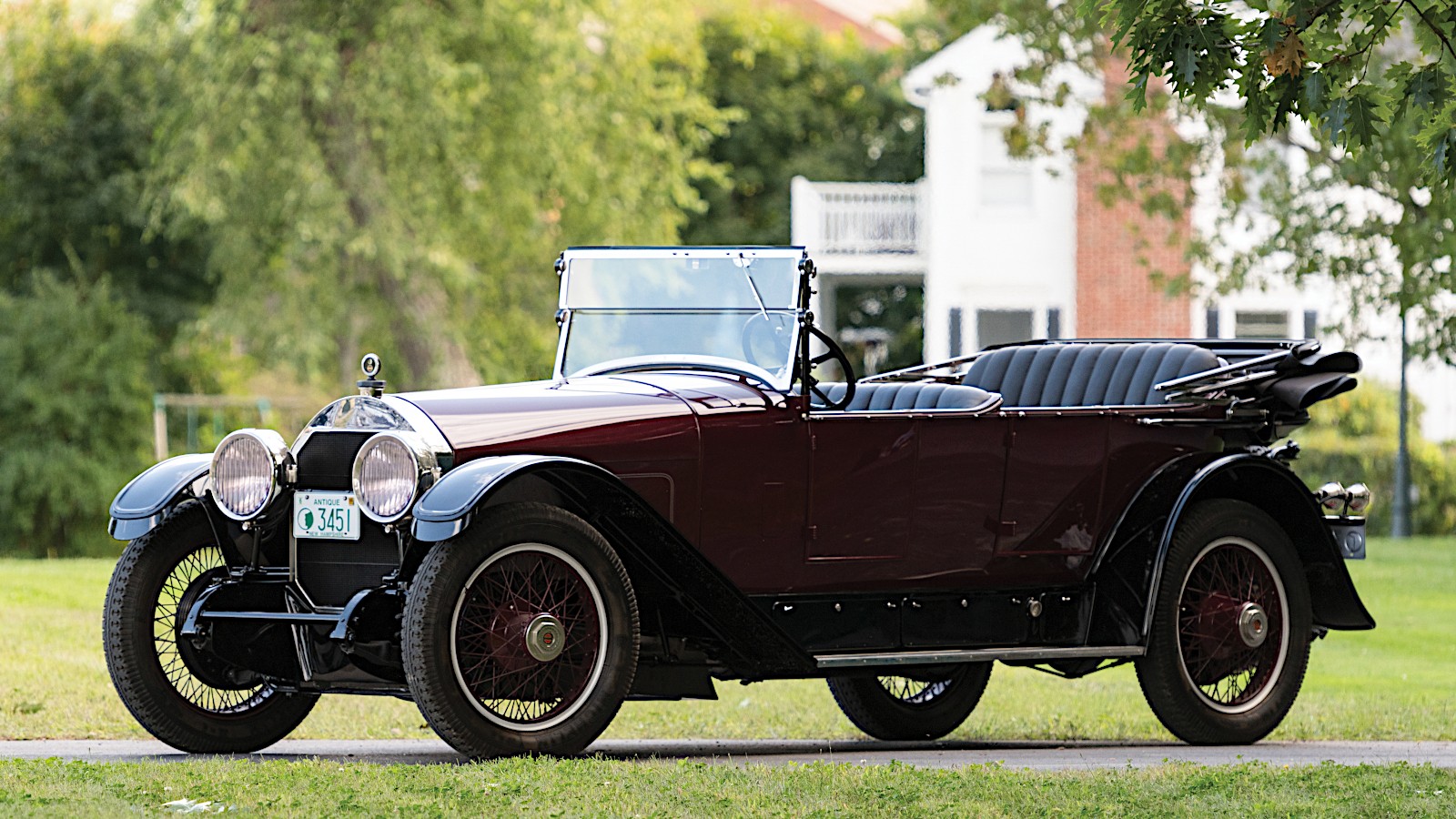 © John Sweeney/RM Auctions
© John Sweeney/RM Auctions -
 © Bonhams
© Bonhams -
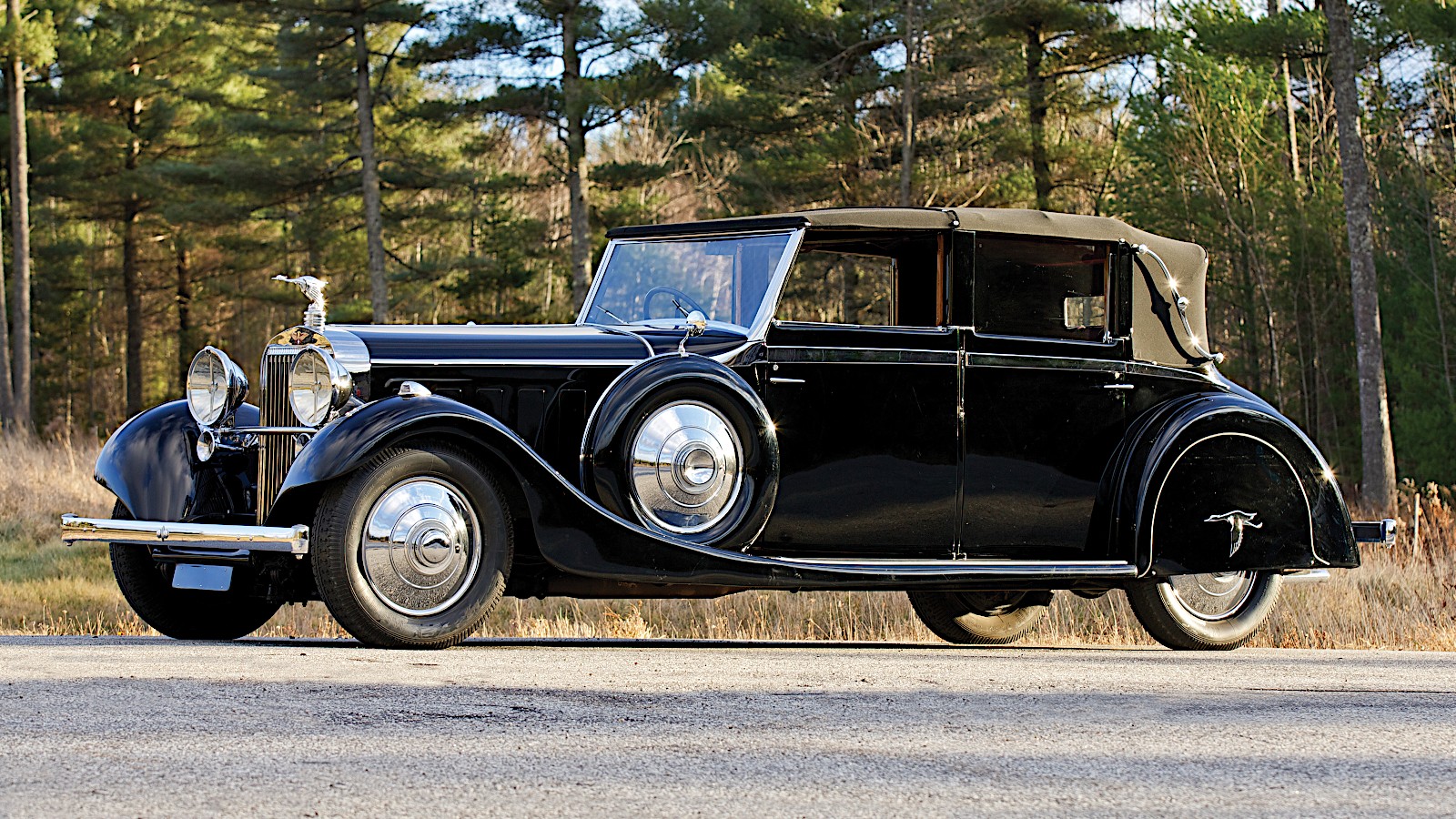 © Alison Langley/RM Auctions
© Alison Langley/RM Auctions -
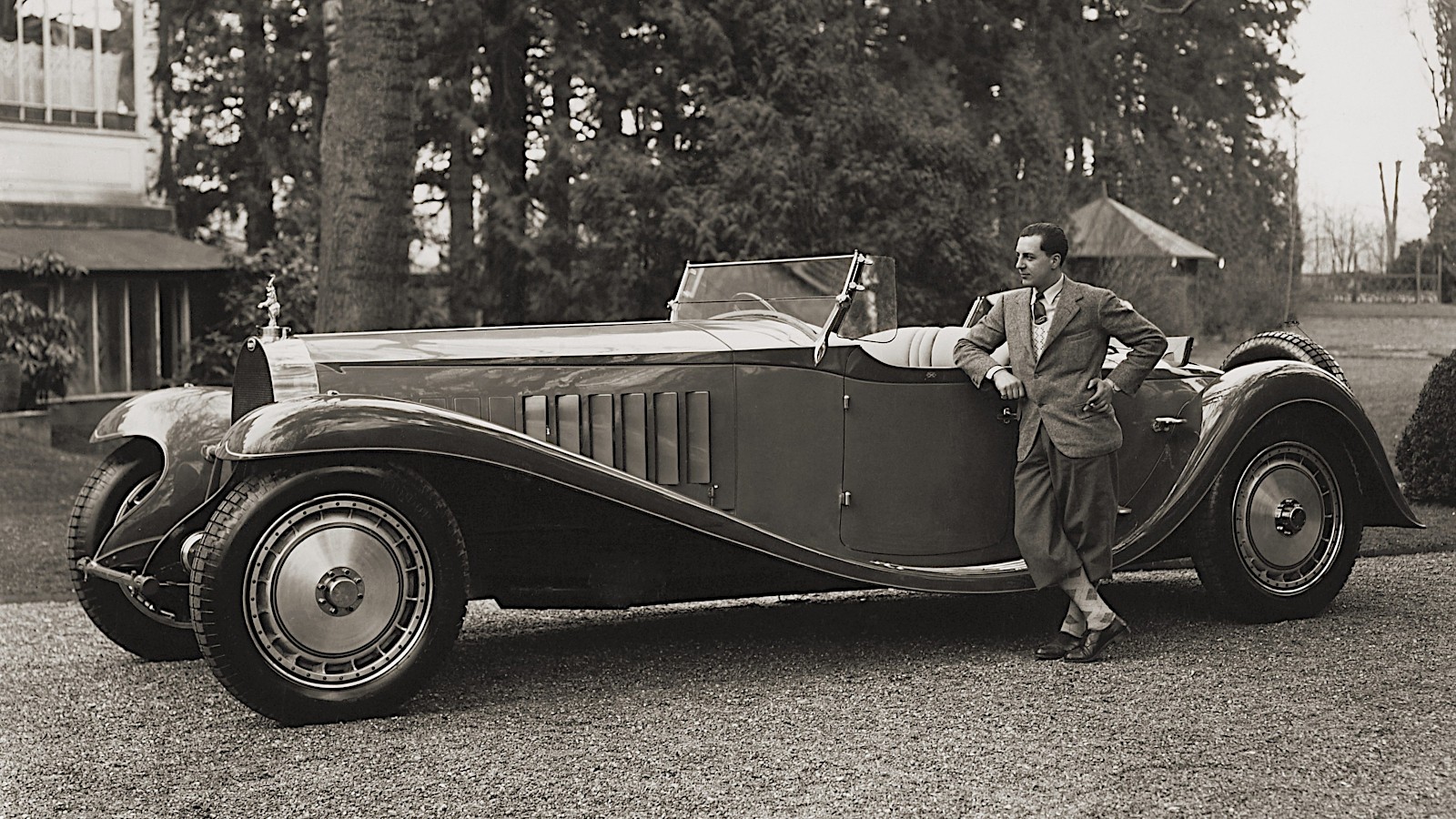 © Bugatti
© Bugatti -
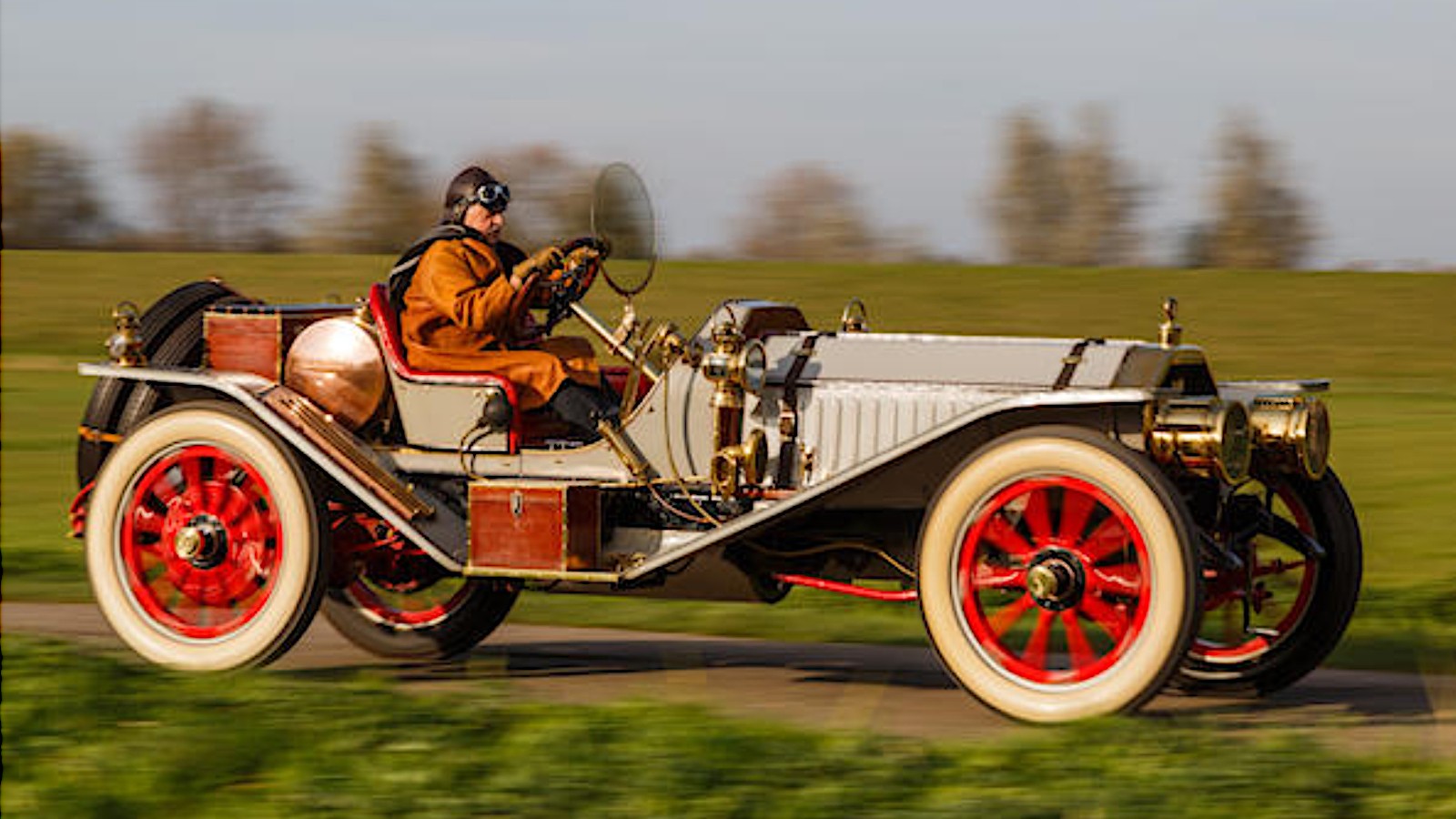 © Bonhams
© Bonhams -
 © David McNeese/RM Sotheby’s
© David McNeese/RM Sotheby’s
-
Bigger is better?
One of the most notable trends in the motor industry in recent years has been the ‘downsizing’ of engines, making them more economical and less polluting (at least on paper), while maintaining the power outputs of their larger-capacity predecessors.
In the days when engine technology was less advanced than it is now, what we would now consider monster motors were far more common.
By way of demonstration, here are 30 production cars of the 20th century with engines of at least 6.0 litres. Note that some of the engines were available in many more models than are listed here, and that we’re avoiding racing cars such as the fabulous Fiat S76 (also known as the Beast of Turin), whose four-cylinder unit measured a whopping 28.4 litres.
-
1. Continental MkII: 6.0 litres
The Continental was produced by Ford’s luxury brand Lincoln, but that name was briefly dropped for this model.
Its engine was the last, and largest, example of the Lincoln Y-block V8, which had made its debut in 1952.
Other engines referred to as 6.0-litre have not made it to this list because their capacities were slightly under 6000cc, but this one squeaks in because it measured 6030cc.
-
2. McLaren F1: 6.1 litres
The first full-scale production McLaren was powered by BMW’s 6.1-litre S70/2 V12.
This was the largest unit in the BMW S70 family. Slightly smaller versions were used in the 850CSi, and in some sports racing cars.
-
3. Bentley S2: 6.25 litres
Introduced in 1959, the S2 was among the first of many Rolls-Royces and Bentleys fitted with the L-series V8 engine.
Continuous development allowed the L-series to have an astonishingly long production life. This finally came to an end when the Bentley Mulsanne was discontinued in 2020.
As fitted to the S2, the engine measured 6230cc. It was therefore substantially larger than the 4.9-litre straight-six it replaced, but there was more to come.
-
4. Oldsmobile Ninety-Eight: 6.5 litres
Oldsmobile began using its Rocket V8 engine in the Ninety-Eight series during the late 1940s.
It started out at a relatively modest 5.0 litres, but by the time of the sixth- and seventh-generation Ninety-Eights it had ballooned to 6.5 litres.
As impressive as that 30 per cent increase in capacity sounds, Oldsmobile had still not come close to the capacity limit of the Rocket.
-
5. Rolls-Royce Silver Shadow: 6.75 litres
Rolls-Royce’s first unibody model was initially fitted with the L-series V8 engine in its original 6.25-litre form.
In 1970, it became available with a new version of the same unit. Adding 0.3 inches to the stroke raised the capacity to 6750cc.
Despite all the development the engine went through in the remaining half-century of its production life, its size never changed.
In a nice tribute to the old L-series, the otherwise unrelated BMW twin-turbo V12 engine fitted to current Rolls-Royce cars also measures 6.75 litres.
-
6. Bentley Turbo R: 6.75 litres
In the days when Bentleys were little more than rebadged Rolls-Royces, the two brands nevertheless had distinct identities.
Market research in the 1990s showed that Bentley customers were younger, and usually owned a Ferrari. Rolls-Royce enthusiasts were older, and more likely to have an art collection.
It was therefore fitting that sporty Bentley, but not luxury-oriented Rolls-Royce, offered a turbocharged version of the L-series V8.
The Mulsanne Turbo was the first car to use it, but the Turbo R had a much longer lifespan, from 1985 to 1999.
-
7. Mercedes-Benz 450SEL 6.9: 6.8 litres
The 450SEL 6.9 was the ultimate version of the Mercedes-Benz 116-series luxury saloon of the 1970s.
It was powered by the M100 V8 engine, which had been around since 1963 and usually measured 6.3 litres.
As fitted to the SEL, it was larger than that, but the 6.9 in the car’s name was a mild exaggeration. The actual capacity was 6834cc.
-
8. Buick Wildcat: 7.0 litres
Buick produced two generations of V8 engine nicknamed Nailhead between 1953 and 1966.
The second of these started out at just under 6.0 litres but was later expanded to a little shy of 7.0 litres.
At this size, it appeared not only in the Wildcat but also in the Electra and Riviera.
-
9. Ford Thunderbird: 7.0 litres
The Lincoln Y-block engine mentioned previously was replaced by a new V8 called the MEL, which stood for Mercury-Edsel-Lincoln.
Every MEL unit exceeded our 6.0-litre limit, but things got really serious when it was extended to 7.0 litres.
In this form it was mostly used in larger and more luxurious Ford saloons, but it also found a place under the bonnet of the second-generation Thunderbird as an alternative to the standard 5.8-litre FE V8.
-
10. Lister Storm: 7.0 litres
Although the Storm is best known as a racing car, four roadgoing examples were built before production stopped (“due to the high price of the vehicle,” according to Lister itself).
It was powered by a highly modified Jaguar V12 engine. Jaguar never made this available in a road car with a capacity greater than 6.0 litres, but in some of its racers – and also in the Storm – it measured 6996cc.
-
11. Plymouth Superbird: 7.0 litres
Like the Dodge Charger Daytona, the Superbird existed as a road car simply so that a modified version could be raced in NASCAR.
It was one of many cars fitted with the second-generation Chrysler Hemi V8, also known as the Elephant due to its 7.0-litre capacity.
This was the more famous but also the smaller of the two available engines. In addition, the Superbird was sold with the 7.2-litre Chrysler RB V8, which we’ll be discussing shortly.
-
12. Dodge Charger: 7.2 litres
If you wanted (though you probably didn’t), you could have a second-generation Dodge Charger with a 3.7-litre six-cylinder engine.
The 7.0-litre Chrysler Hemi V8 was a more exciting option, but it wasn’t the largest. That was the 7.2-litre Chrysler RB, which was also fitted to a wide variety of other vehicles, including the premium Chrysler Town & Country and the Dodge B-Series van.
-
13. Jensen Interceptor: 7.2 litres
As well as using them in a great many of its own models, Chrysler made its engines available to much smaller manufacturers in other countries.
One example of this was Jensen, which used several of the US company’s big V8s in the Interceptor.
The largest of these was the 7.2-litre RB, added to the range in 1971. It was certainly powerful enough for the job, but did nothing to help the Interceptor’s reputation for poor fuel economy.
-
14. Mercedes-Benz SL73 AMG: 7.3 litres
Mercedes has to be admired for its generosity in providing engines for the R129 SL roadster produced between 1989 and 2001.
The smallest measured just 2.8 litres. The largest, fitted to the SL73 AMG among other high-performance models, was the 7291cc M297 V12.
In the 21st century, the same engine was also used in several versions of the Pagani Zonda supercar.
-
15. Rolls-Royce Silver Ghost: 7.4 litres
The 6.75-litre L-series V8 mentioned previously may be the best-known Rolls-Royce engine, but it certainly wasn’t the largest.
The 40/50hp, retrospectively known as the Silver Ghost, went on sale in 1907 with a 7036cc straight-six.
The capacity was increased to 7428cc in 1910. Most Silver Ghosts have engines of this size, since the car remained in production until 1926.
-
16. Chevrolet Corvette: 7.4 litres
The Corvette has been produced in eight generations for nearly 70 years.
Most versions have been fitted with powerful V8 engines. The largest of these was a 7.4-litre version of the Chevrolet Big Block fitted to the third-generation (C3) version.
Big Blocks have been fitted to a great many GM vehicles over the years. Larger versions of up to 9.4 litres have been made available, but only as crate engines to be fitted to a car of the customer’s choice.
Even more dramatically, Sonny Leonard’s Godfather engine, loosely based on the Big Block, measures 16.5 litres. It is used only for drag racing.
-
17. Buick Riviera: 7.5 litres
Buick’s next big V8 after the second-generation Nailhead referred to earlier was available in several sizes.
The smallest, 6.6-litre version easily qualifies for this list, but the 7.5 is even more suitable.
It made a late appearance in the second-generation Riviera and then continued for two more generations after that. From the 1970 to ’76 model years it was also available in several other Buicks.
-
18. Ford Thunderbird: 7.5 litres
The sixth-generation Thunderbird of 1972 to 1976 was the largest Ford to bear that name. Fittingly, it was also available with the largest engine.
This was the 7.5-litre version of the 385 V8, which replaced the earlier MEL mentioned previously.
In addition to the Thunderbird, it was also used in other large Ford and Mercury models, and was still offered in the E-Series van into the 1990s.
-
19. Oldsmobile Toronado: 7.5 litres
We last encountered the Oldsmobile Rocket engine in 6.5-litre form, as fitted to the Ninety-Eight.
That was the largest version of the original Rocket. The second-generation engine reached 7.5 litres, in which form it powered several Oldsmobile models and the GMC Motorhome.
Most of these were rear-wheel drive, but in the case of the Motorhome and the Oldsmobile Toronado all the power was sent to the front wheels.
-
20. Pontiac GTO: 7.5 litres
GM’s Pontiac was another brand helping to maintain a strong supply of American 7.5-litre V8 engines.
Its version was one of a series, also available in smaller capacities, available in many Pontiac models. The 7.5 was fitted to, among other things, the second- and third-generation GTO muscle car.
The fourth-generation GTO was considerably smaller than its predecessors, and made do with another V8 measuring just 5.7 litres.
-
21. Rolls-Royce Phantom: 7.7 litres
The Silver Ghost was replaced by the first of many Phantom models in 1925. Both had straight-six engines, but the one in the Phantom was larger at 7668cc.
A derivative of this engine, with the same capacity but a new crossflow cylinder head, was created for the Phantom II.
The Phantom III of 1936 used a different engine with a V12 configuration. Although it had twice as many cylinders, it had a slightly lower capacity of 7338cc.
-
22. Bentley 8-Litre: 8.0 litres
The largest engine ever fitted to a production Bentley was a 7983cc straight-six. Due to Bentley’s unimaginative naming convention of the time, the car it was fitted to was known simply as the 8-Litre.
Impressive as it was, the 8-Litre was unable to save a company which desperately needed saving.
It was introduced in late 1930. Within a year, Bentley had collapsed and been reformed as a subsidiary of its rival, Rolls-Royce.
-
23. Dodge Viper: 8.0 litres
The Viper sports car went on sale in 1992 with a mighty 7990cc V10 engine. This was updated after a few years, but remained at the same capacity.
Although it is, strictly speaking, beyond the scope of this article, we should note that 21st-century Vipers were available with larger engines, first of 8.3 litres and later of 8.4.
-
24. Cadillac Eldorado: 8.2 litres
Cadillac introduced a new 7.7-litre engine in 1968 and followed it with an even larger derivative two years later.
The 8.2-litre V8 powered most Cadillac models in the early- to mid-1970s. These included the eighth- and ninth-generation Eldorado, both of which had front-wheel drive.
-
25. Locomobile Model 48: 8.6 litres
The Model 48 was a huge luxury car introduced by Locomobile of Bridgeport, Connecticut, in 1911.
Its straight-six engine started out at a sizeable enough 7.0 litres, but after a few years it was enlarged to 8.6 litres.
-
26. Simplex 50hp: 9.8 litres
In the first decade of the 20th century, New York-based Simplex produced a formidable sports/luxury model named after its tax rating of 50hp.
Its engine had just four cylinders, but their combined capacity amounted to an enormous 9.8 litres.
Following a common practice of the time, power was transferred to the rear wheels by two hefty chains.
-
27. Hispano-Suiza J12: 11.3 litres
The J12 was Hispano-Suiza’s flagship luxury model for most of the 1930s.
Its V12 engine was available mostly with a capacity of 9.4 litres, which would be enough for the majority of people.
However, a few examples were fitted with an even larger version of the same unit measuring 11.3 litres.
-
28. Bugatti Royale: 12.7 litres
During the first period of its existence, Bugatti was famed for its straight-eight engines, some of which powered Grand Prix-winning models.
By far the largest of them was the 12.7-litre monster fitted to the ultra-luxury Royale of 1927 to 1933.
Available mostly during the Great Depression, when even European royalty had to go easy on the transport budget, the Royale was a sales disaster.
The engine was another matter. It powered around 200 railcars used by the French National Railway until the 1950s.
-
29. Peerless Model 60: 13.5 litres
Several early American cars were powered by engines measuring over 10 litres, but little is known about many of them.
This does not apply, however, to the Peerless Model 60, which shares the honour of being the largest-engined production car of all.
Introduced in 1912, it was powered by a straight-six engine with the phenomenal capacity of 13.5 litres, or nearly a litre more than the much later Bugatti Royale.
-
30. Pierce-Arrow Model 66: 13.5 litres
Pierce-Arrow launched the Model 66 in 1910 with a straight-six engine of 11.7 litres.
Three years later, the same motor was expanded to 13.5 litres, possibly in response to the introduction of the Peerless Model 60.
California-based Fageol, better known for its trains, trucks and tractors, also designed a 13.5-litre luxury car powered by a Hall-Scott aero engine, but it is believed that only two were built in 1917.
